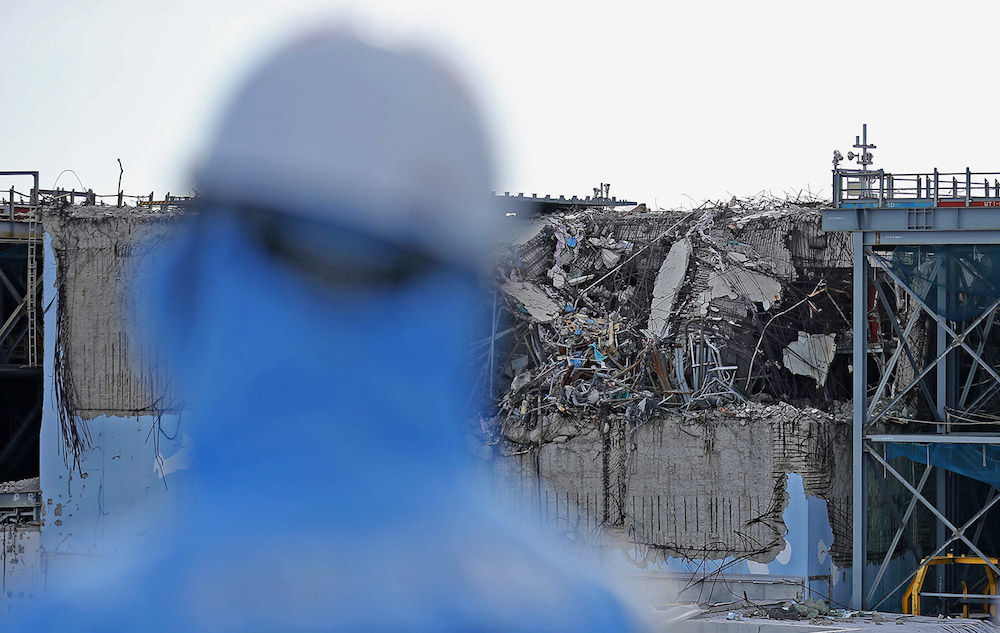Suspected WWII-Era Bomb Discovered at Fukushima Power Plant

The Fukushima Nuclear Power Plant is still severely damaged from the magnitude-9.0 earthquake and massive tsunami that crippled it in March 2011. But now, the area is facing another threat: What is thought to be an undetonated World War II-era bomb was discovered on the grounds of the power plant, according to news sources.
Excavation workers discovered the more-than-70-year-old weapon under a parking lot that is undergoing maintenance, the plant's operator, Tokyo Electric Power Co. (TEPCO), announced Aug. 10, according to The Mainichi, a Japanese news outlet. The bomb was found about 0.6 miles (1 kilometer) away from the damaged No. 1 and No. 4 reactors, The Mainichi reported.
Fukushima police plan to examine the device to confirm that it actually is a bomb, and they will decide how to dispose of it if it is still explosive, according to The Mainichi.
The police added that the discovery of the weapon has not affected TEPCO's work to decommission the plant.
News of the bomb may be surprising, but it isn't unexpected. During World War II, Fukushima was a Japanese military base that weathered air strikes from U.S. forces, according to Gizmodo. The aerial onslaught culminated in August 1945, when the United States dropped atomic bombs on Hiroshima and Nagasaki, killing more than 103,000 people. On Aug. 15, 1945, six days after Nagasaki was bombed, the Japanese emperor Hirohito surrendered, which led to the official end of the war on Sept. 2, 1945.
Japan has found other WWII artillery in recent years. In 2005, an undetonated 1-ton (0.9 metric ton) bomb dropped by the United States during the war was found in a western Tokyo suburb, prompting the evacuation of 7,000 residents. And in 2010, more than 900 unexploded bombs, likely dropped by the United States, were found under a restaurant on the Japanese island of Okinawa, according to Radio France International.
Original article on Live Science.
Get the world’s most fascinating discoveries delivered straight to your inbox.

Laura is the managing editor at Live Science. She also runs the archaeology section and the Life's Little Mysteries series. Her work has appeared in The New York Times, Scholastic, Popular Science and Spectrum, a site on autism research. She has won multiple awards from the Society of Professional Journalists and the Washington Newspaper Publishers Association for her reporting at a weekly newspaper near Seattle. Laura holds a bachelor's degree in English literature and psychology from Washington University in St. Louis and a master's degree in science writing from NYU.


